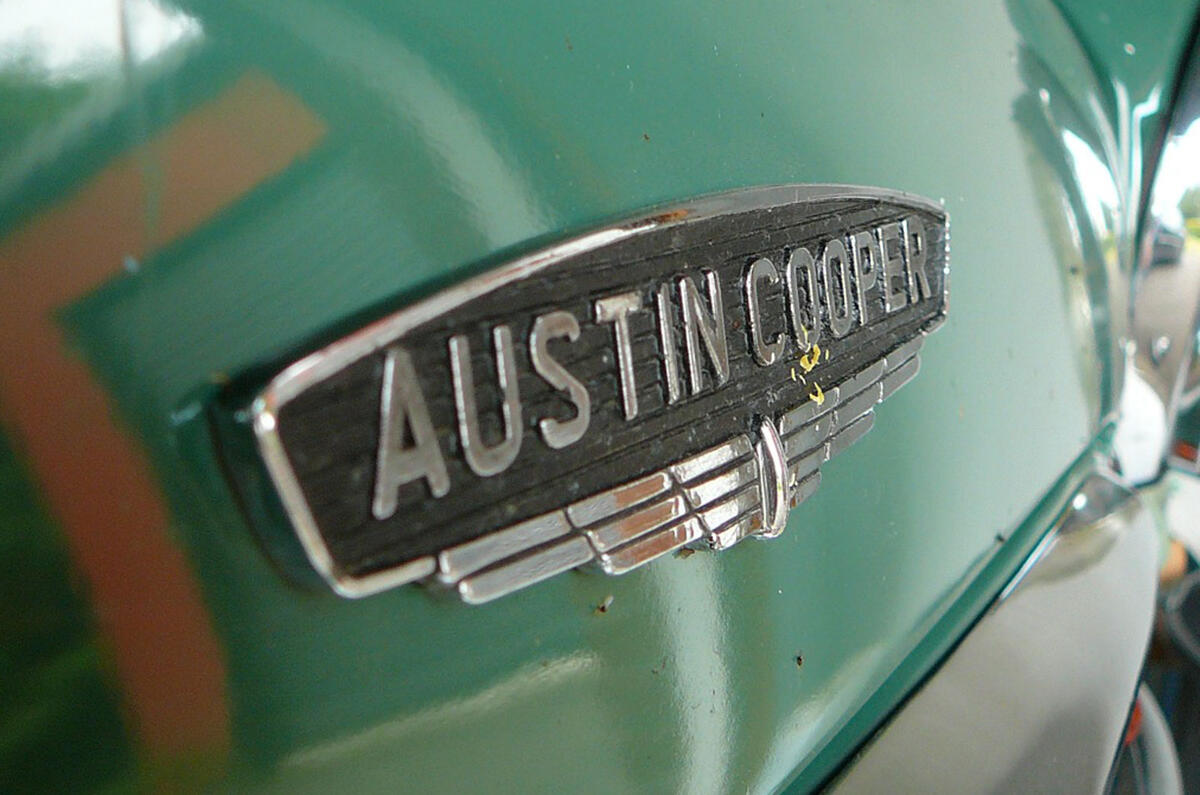Here’s one for you – what should a classic car look like?
Well I suppose it should be old. Once upon a time there was the twenty-five year rule, because for some reason after a quarter of century just about anything on four wheels became a classic.
Really, though, all you have to do is look at the bonnet, grille, headlamps and windscreen for signs of use. Dead insects and the like.
Also make sure that you single out the cars without much plastic on them, so there is usually a decent amount of chrome. And quite often rust, too.
It won't help to be at one of those concours events, either, because there'll be none of the trademark giveaways of a used classic. No, ideally you need to be on a normal street, or pub car park. That’s how you know that the car has been used.
I am starting to see more of these used classics in my area, and the recent appearance of a Ferrari Dino has got me very excited in particular.
The first time I saw it, I was in a proper car going somewhere with others, so the fact that it was following me and I could see it meant that I couldn’t wave him down like a lunatic. Plus there was the fact that I wasn’t actually driving.
The second time I was parked in my insect spattered Mini Cooper on the opposite side of a village green. I didn’t see it until I had bombed off and it took me a while to find a spot to turn round. Then it was gone.
We need to see more cars like that on the road, classics that aren’t confined to the garage but are actually used. I am doing my bit by using my Cooper to go to the Post Office every day, driving on wonderfully twisty little roads in a spirited fashion.
So I just wondered what you thought made a car a classic? How you identified it and how often you drive yours, or whether you’ve seen any good examples out on the road? Let me know below.




Join the debate
Add your comment
My 'classic'
use as often as you can
Driving classics